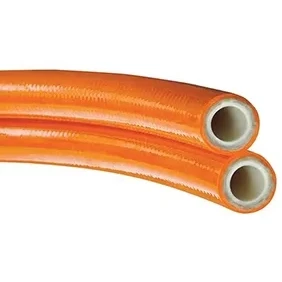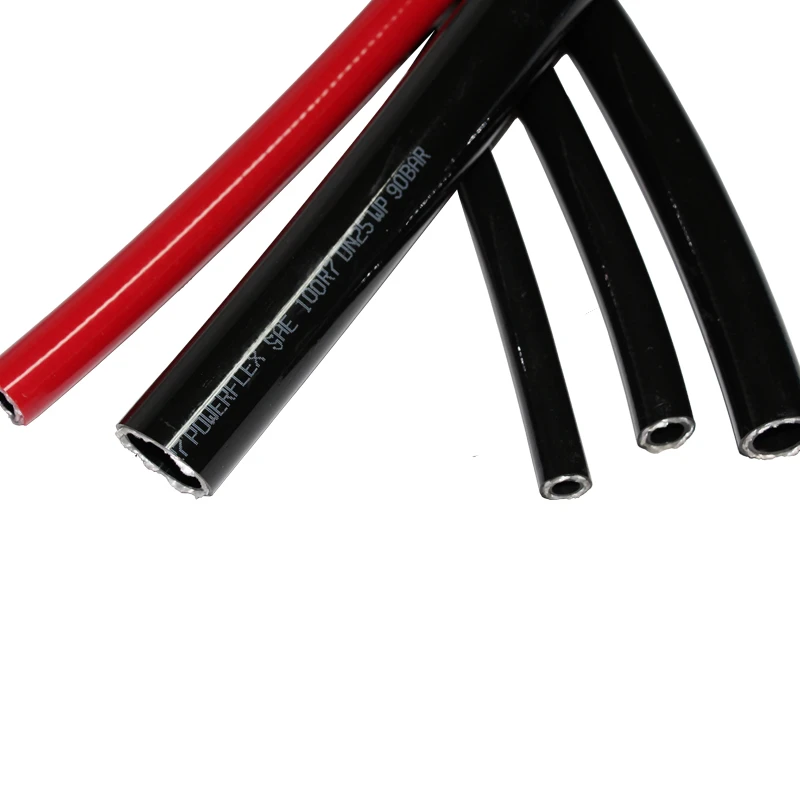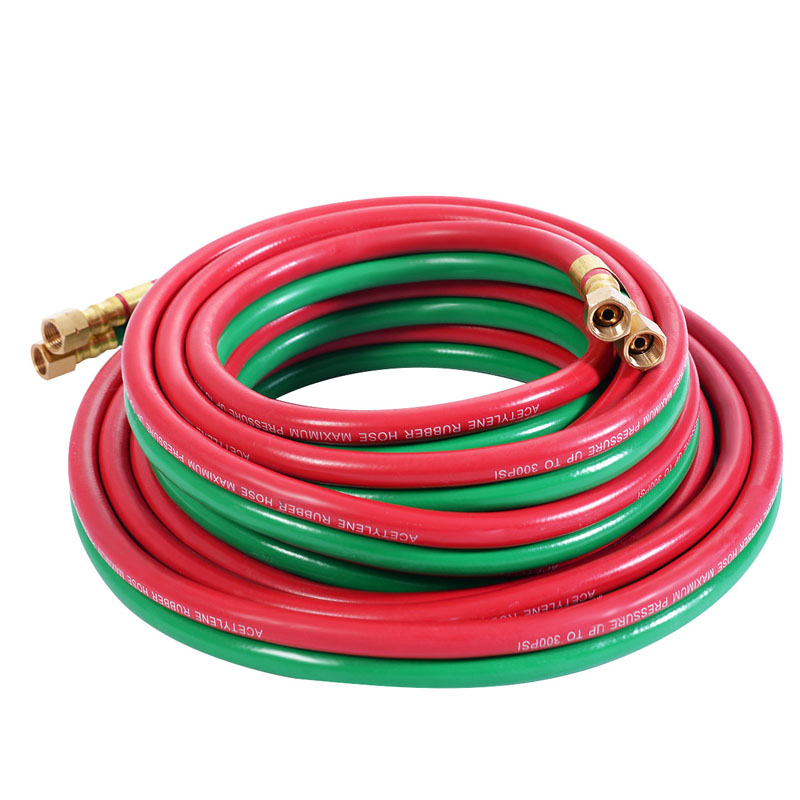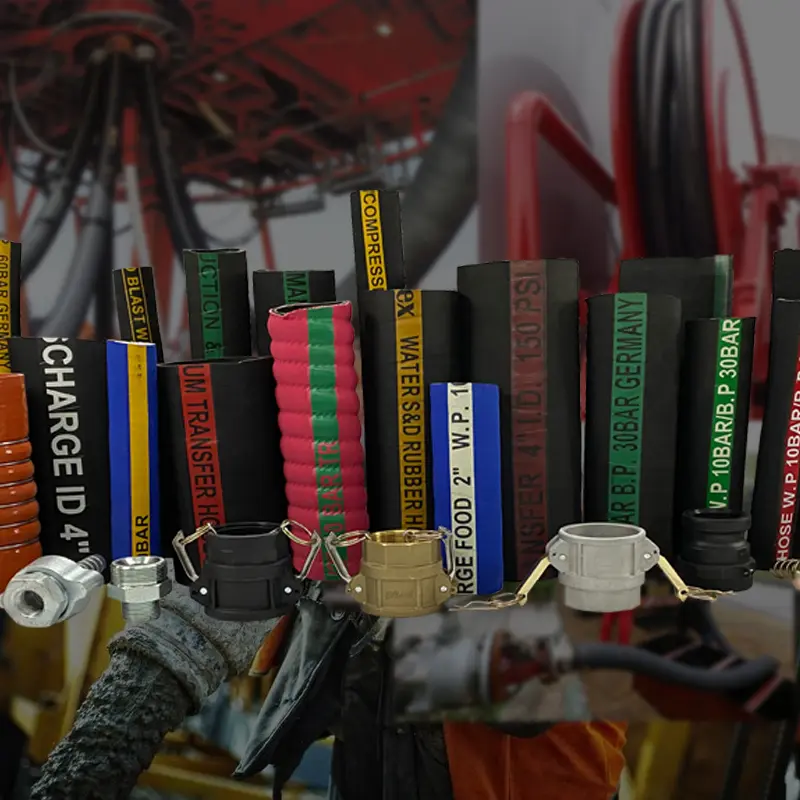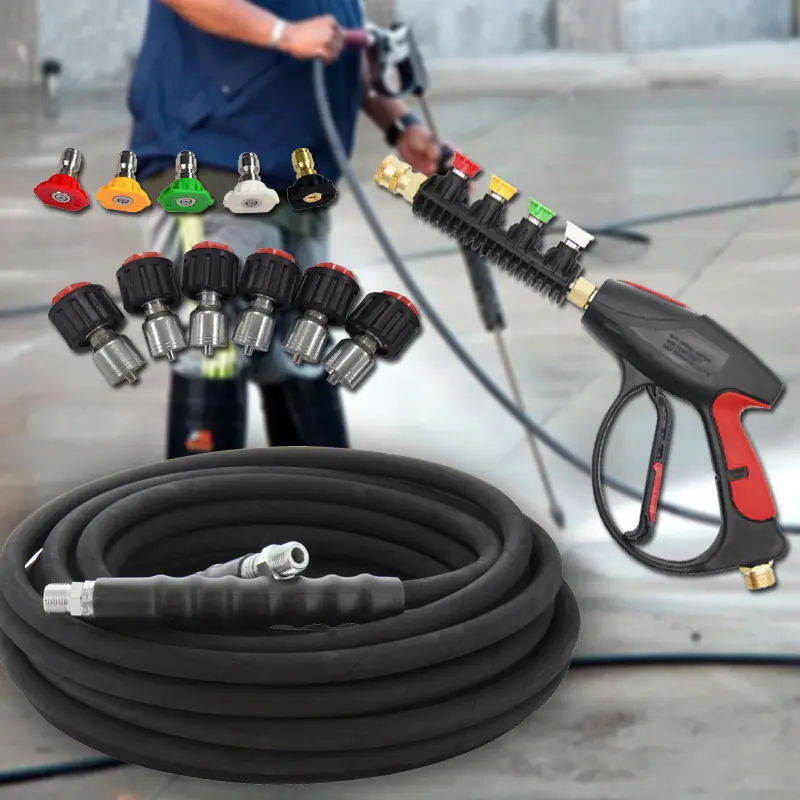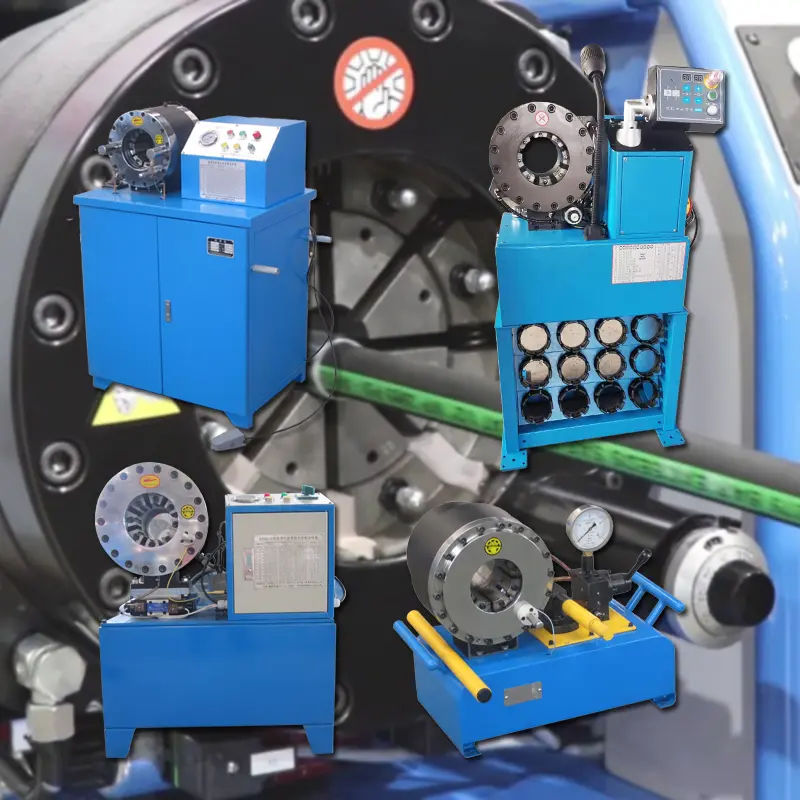In the maintenance and assembly of hydraulic systems, "Hydraulic hose skiving" is a crucial pretreatment step. It directly determines the reliability of hose connections and the safety of the entire hydraulic system. This article will focus on describing hatching of hydraulic hoses.
-
What Is Hydraulic Hose Skiving?
In hydraulic hose assembly, skiving means removing part of the hose’s outer rubber cover — and in some cases, the inner layer — to expose the reinforcement wire. This process prepares the hose for fitting assembly and ensures a reliable, leak-free connection under high pressure.
Skiving is especially common for high-pressure hoses, such as 4SP, 4SH, R12, R13, or R15 types, where the fittings must tightly grip the reinforcement layer to withstand extreme operating conditions.
-
Why Skiving Is Necessary
Not every hydraulic hose needs skiving, but for certain assemblies, it is crucial for safety and performance.
Why do hydraulic hoses need to skiving?
- Stronger Connection: Removing the rubber cover allows the ferrule to grip the exposed steel wire directly, ensuring a firm mechanical bond.
- Leak Prevention: Proper skiving helps create a tighter seal between the hose and fitting.
- Improved Crimp Accuracy: Skived hoses allow the crimping dies to compress evenly, reducing the risk of deformation.
- Better Performance in High Pressure: Skived fittings hold more securely under demanding conditions.
When to Skive a Hose:
- When using interlock fittings or other fittings requiring direct contact with the reinforcement.
- When assembling high-pressure or ultra-high-pressure hoses.
- When required by the fitting manufacturer’s technical guide.
- For large-diameter hoses, where precise sealing is critical.
In short, skiving isn’t optional — it’s a necessary preparation step to ensure durability, safety, and leak-free performance in hydraulic systems.
-
Skiving Methods: Manual vs. Machine
There are two main ways to skive a hydraulic hose: manual skiving and machine skiving.
Both can achieve the same goal, but they differ in precision, speed, and safety.
(1) Manual Skiving
Manual skiving is often used for field repairs, low-volume production, or when specialized equipment isn’t available.
Tools Required:
A sharp utility knife or hand skiving blade
A vice or clamp to hold the hose securely
Measuring tape and marker
How to Do It:
Measure the skive length according to the fitting specification.
Mark the hose to indicate the area to remove.
Carefully cut the outer cover with the knife, rotating the hose for an even cut.
Avoid cutting into the steel wire reinforcement.
Clean the exposed wire with a dry cloth before crimping.

Tips:
Wear protective gloves and safety glasses.
Keep the knife sharp for cleaner cuts.
Do not apply too much force — it may damage the reinforcement.
Drawbacks:
Manual skiving can be time-consuming, inconsistent, and risky if not performed correctly. It is not suitable for production environments or thick, multi-layer hoses.
(2) Machine Skiving
For professional hose assembly workshops, a hydraulic hose skiving machine is the best choice. It ensures precision, efficiency, and operator safety.
How a Skiving Machine Works:
A skiving machine uses rotating blades to remove the rubber layer evenly around the hose. The depth and diameter can be adjusted to match different hose sizes and types. Some advanced models can perform both external and internal skiving.
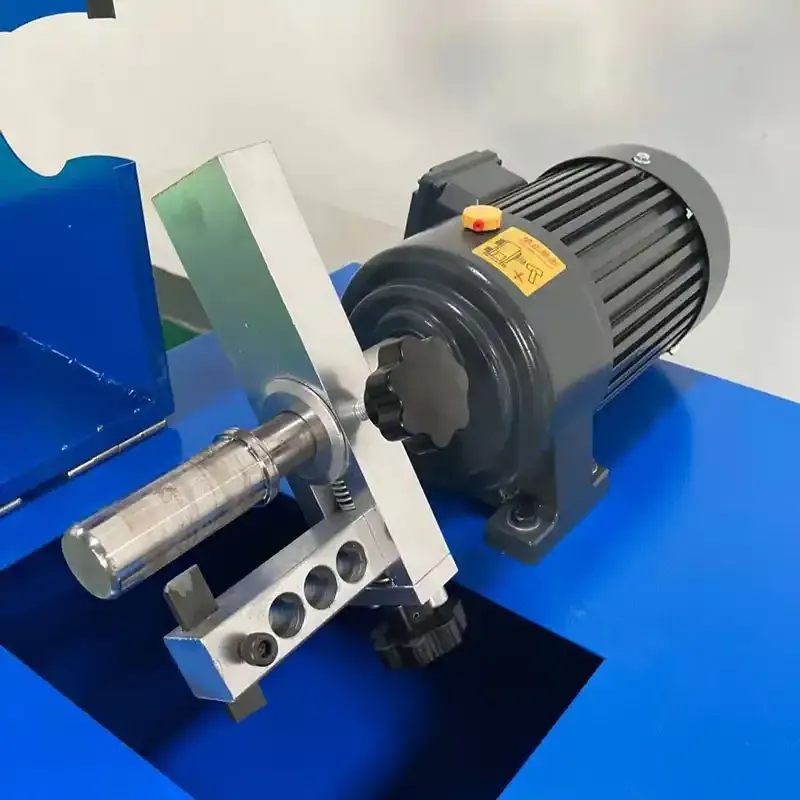
Advantages of Using a Skiving Machine:
High precision: Uniform skiving depth and clean finish.
High efficiency: Much faster than manual methods.
Improved safety: Enclosed cutting area prevents accidents.
Consistency: Ideal for mass production and large workshops.
Dual Function: Suitable for both outer and inner skiving.
Choose Sinopulse Hose Skiving Machine
If you need a time-saving and labor-saving hose skiving machine, choose our Sinopulse hose peeling machine. It's not only highly efficient but also easy to operate. The machine features a precision structure that perfectly peels the hose to the preset length and depth. The automated operation simplifies the previously time-consuming and labor-intensive peeling process, saving time and manpower. The machine body is robust and durable, with key components made of high-strength materials, and is designed for continuous, high-intensity industrial environments. It offers excellent overall value for money—a one-time investment for multiple uses.
Precautions when peeling outer cover off a hydraulic hose
Whether skiving manually or with a machine, safety and precision should always come first.
Key Safety Guidelines:
Always wear gloves and protective eyewear.
Follow the manufacturer’s recommended skiving length and depth.
Clean the skived surface before crimping — no rubber debris should remain.
Avoid over-skiving; removing too much cover weakens the hose structure.
Keep machine blades sharp and perform regular maintenance.
Use machines equipped with emergency stop and safety cover features.
Common Mistakes to Avoid
Even experienced technicians can make errors when skiving hoses. Avoid these common mistakes:
- Cutting too deep into the wire reinforcement.
- Using dull or damaged blades.
- Skipping the cleaning step before assembly.
- Using incorrect skiving dimensions.
- Failing to secure the hose properly during cutting.
A small mistake during skiving can lead to leaks, premature failure, or fitting blow-off, so precision is essential.
Conclusion
Skiving is a small but crucial step in hydraulic hose assembly. It ensures a tight, durable, and leak-free connection — especially for high-pressure and interlock fittings.
Manual skiving can work for occasional use, but for professional applications, a hydraulic hose skiving machine provides unmatched precision, consistency, and safety.
If you’re looking to improve efficiency and quality in your hose assembly process, the Sinopulse Hydraulic Hose Skiving Machine is your best choice.
This is the last article
Product Application











